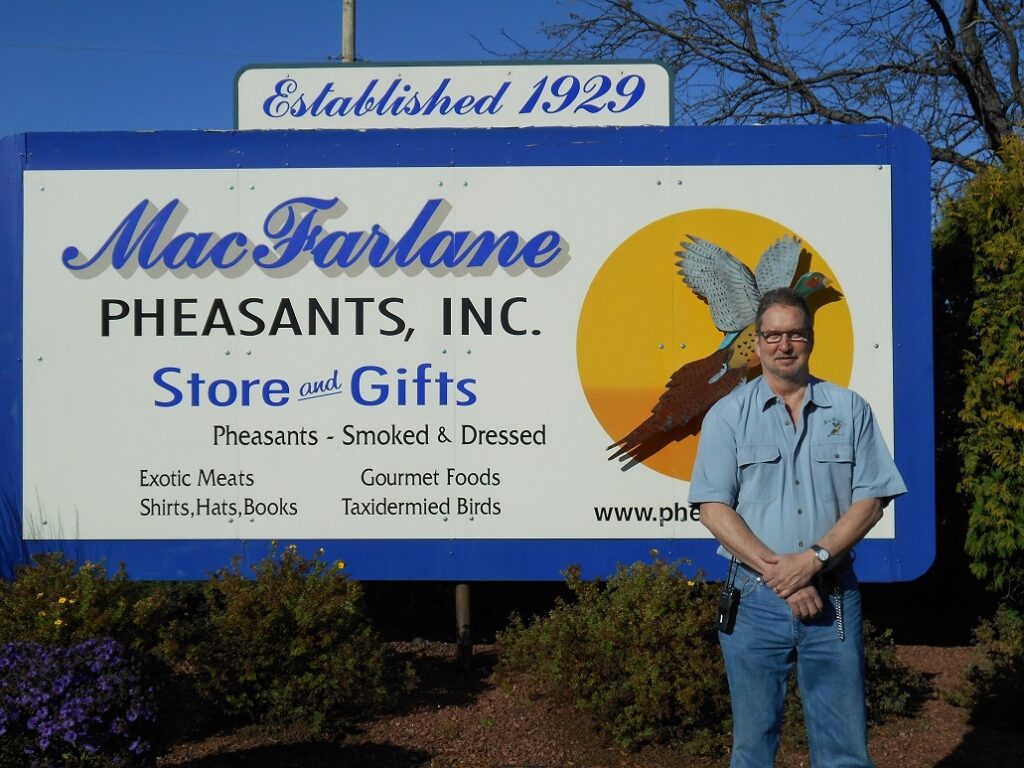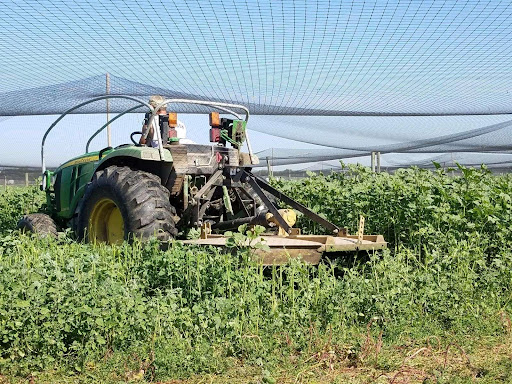Planning Ahead for Newly Hatched Chicks
One of the more exciting moments on our farm is when baby chicks begin to hatch. However, there are many steps to complete in the brooder barns before hatching begins, to prepare for the 500,000 chicks we hatch each year.
Planning Ahead
- Set up a master schedule of when we will get hatches (this schedule outlines which barns are prepared first, second, and so on)
- Move fully grown birds held during the off-season out of the barns to prepare for new hatches
Barn Preparation
- Pressure wash and disinfect barns
- Bed the barns with shavings and prepare brooders (pan-shaped heat sources that hang about 30 inches off the ground)
- Set up feed flats and feed troughs for new chicks and prepare the feed system for transition at around 3 weeks
- Set up nipple waterers for new chicks and prepare the Plasson bell waterer for the 3-week transition
- Rooms are ready for chicks a couple days in advance
- Barns are fogged with disinfectant the night before new chicks arrive
Chick Care: Ringnecks
- Eggs are hatched at Macfarlane Pheasants
- Ringnecks stay in the A Room until they are 21 days old
- After 21 days, they are moved to the B Room until they are 7 weeks old
- Ringnecks are moved outside at 7 weeks, where they live until shipped
Chick Care: Hungarian Partridges
- Eggs are imported from France
- Hungarian partridges stay in the table room for 7 days until they move to the A Room for 5 weeks
- At 5 weeks they are moved to the B Room for 8 to 10 weeks
- Hungarian partridges are moved outside at 8 to 10 weeks, where they live until shipped
Chick Care: French Partridges
- Eggs are brought from France
- French partridges stay in the A Room for 4 weeks
- They spend 8 to 10 weeks in B Room
- French partridges move outside at 8 to 10 weeks, where they live until shipped
Related Posts
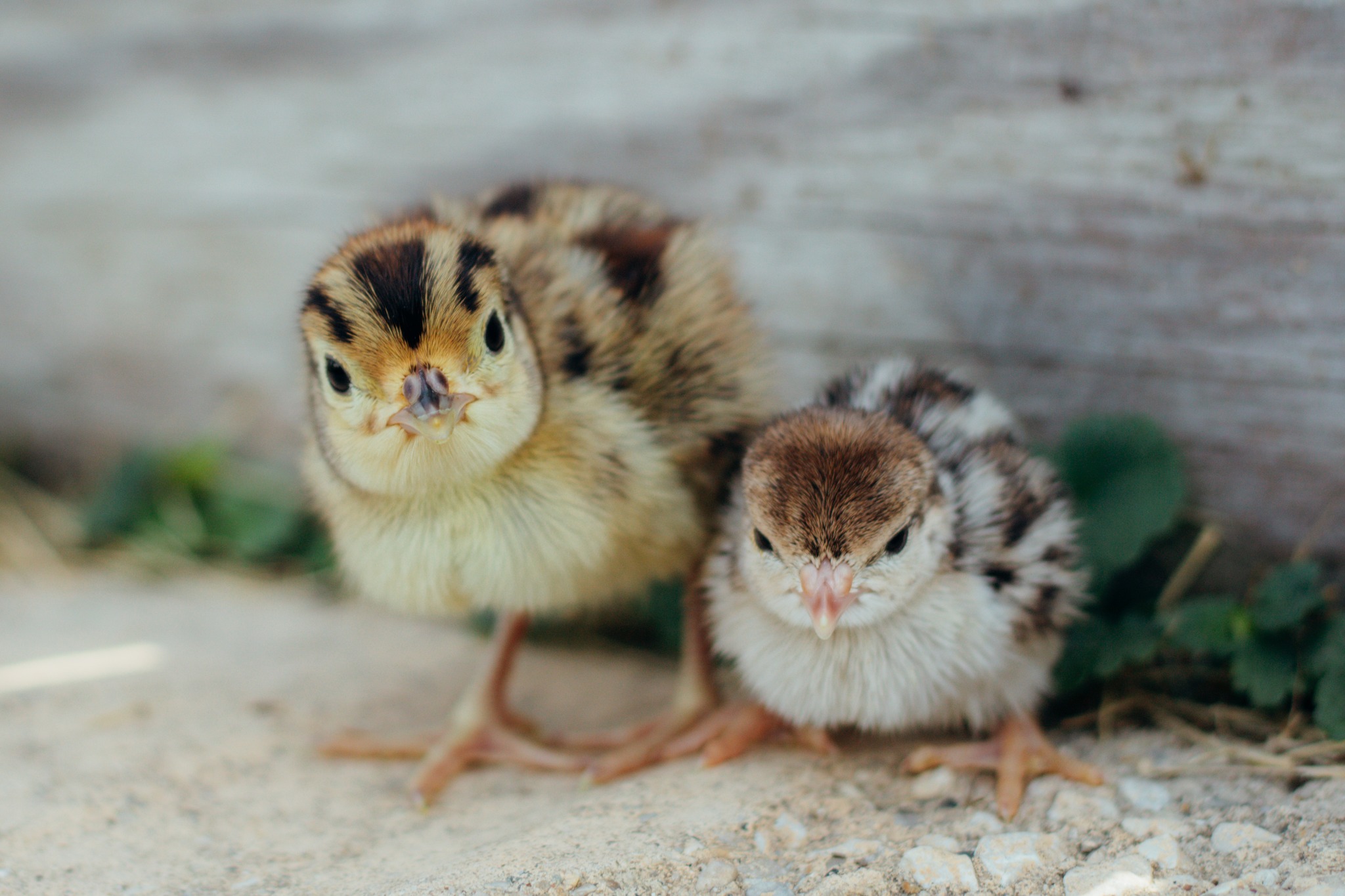
Shipping Chicks Safely During Cold Weather Months
Read Post
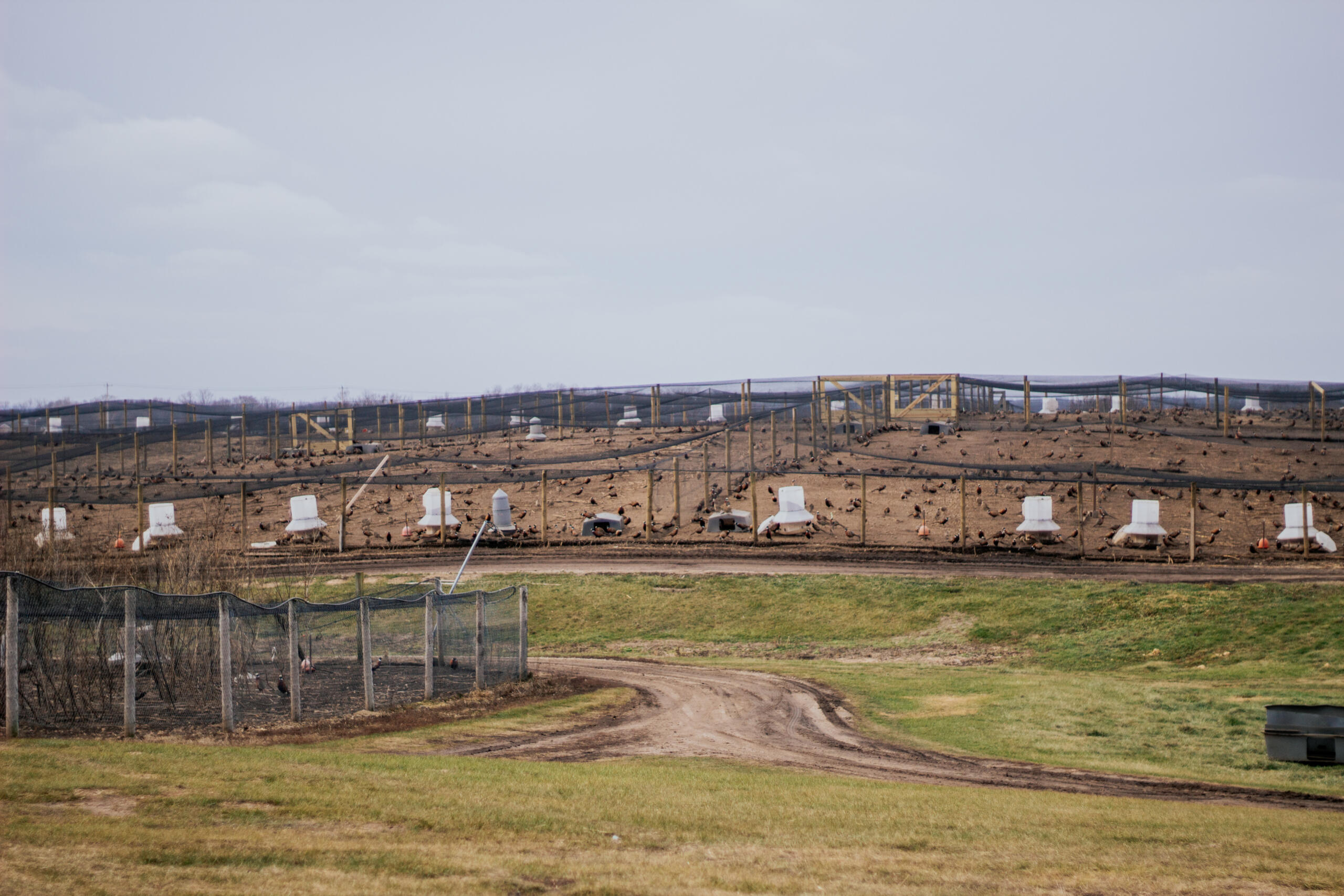
Preparing Our Barns & Pens Each Spring
Read Post
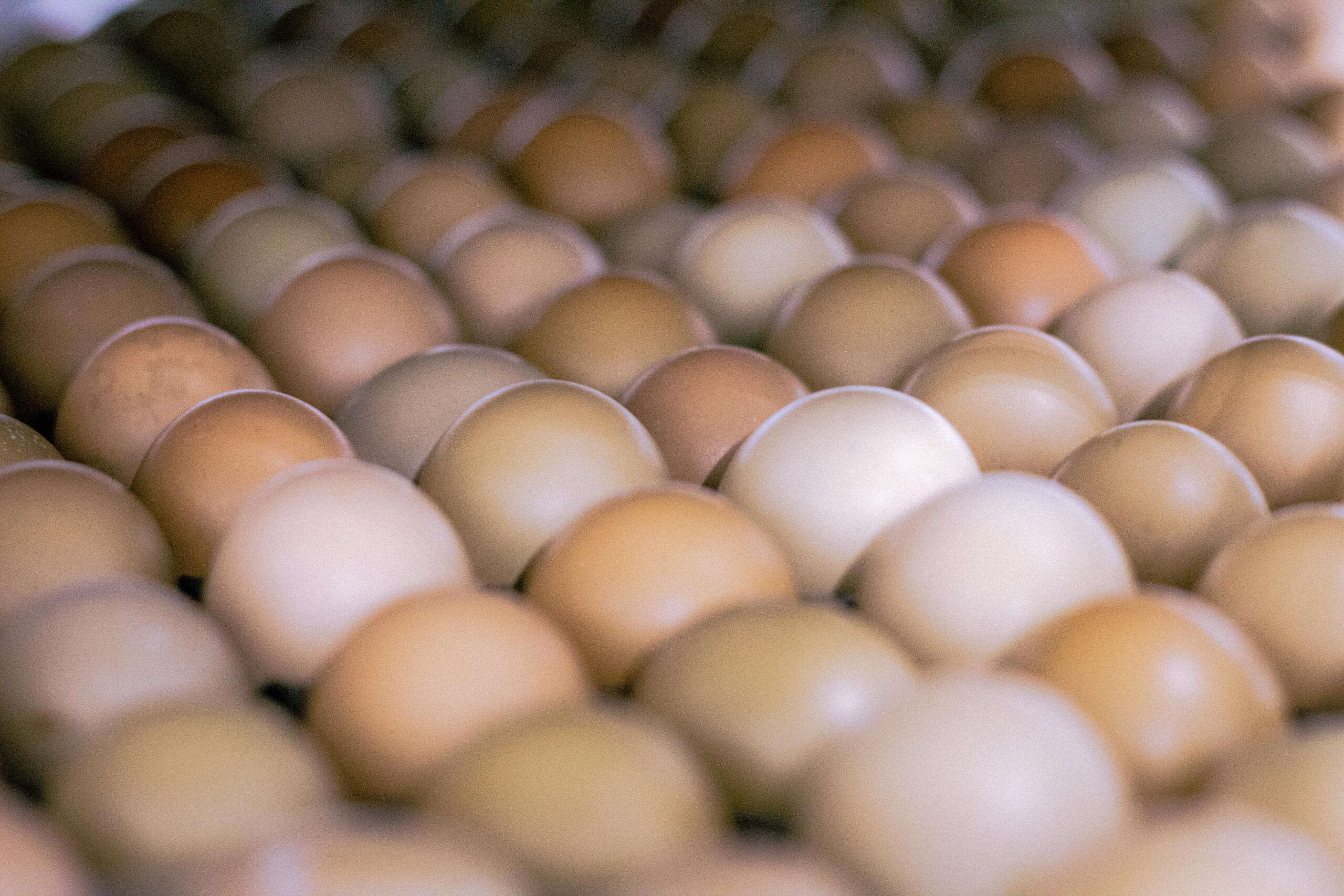
Incubation of Pheasant Eggs
Read Post
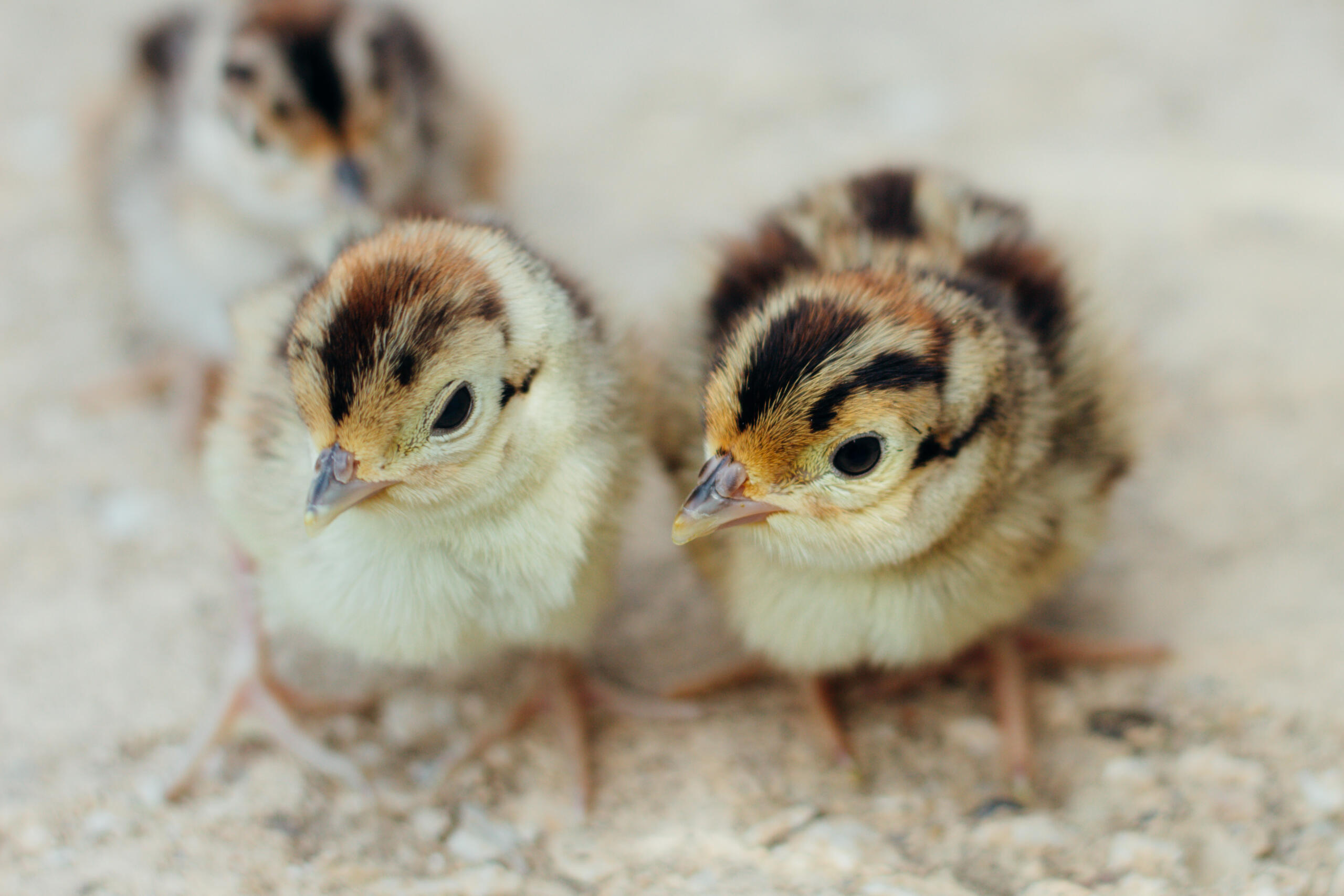
A Comparison of Hatch Data Between Two Different Genetic Types of Pheasants
Read Post
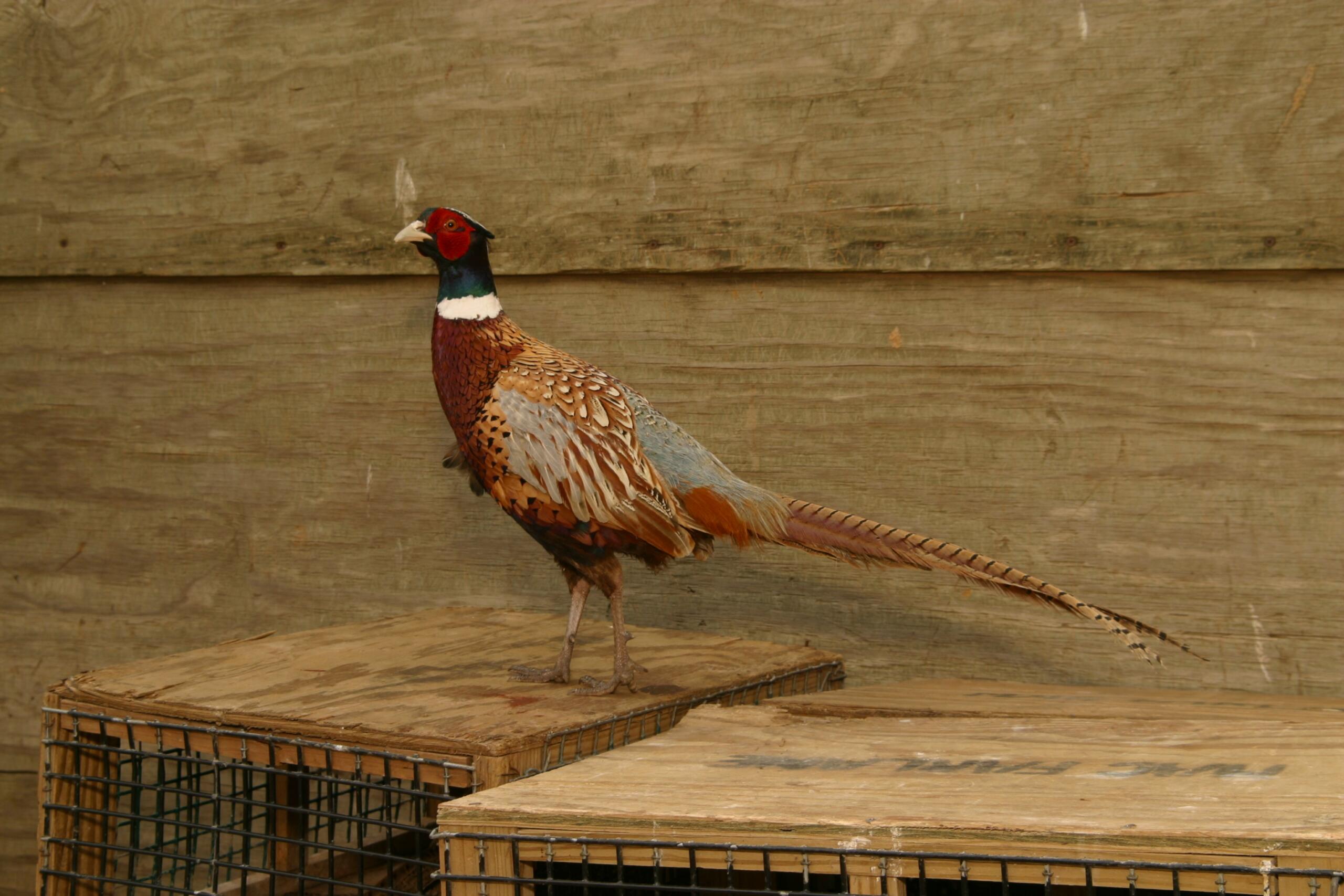
DuPont Financial Analysis Model
Read Post
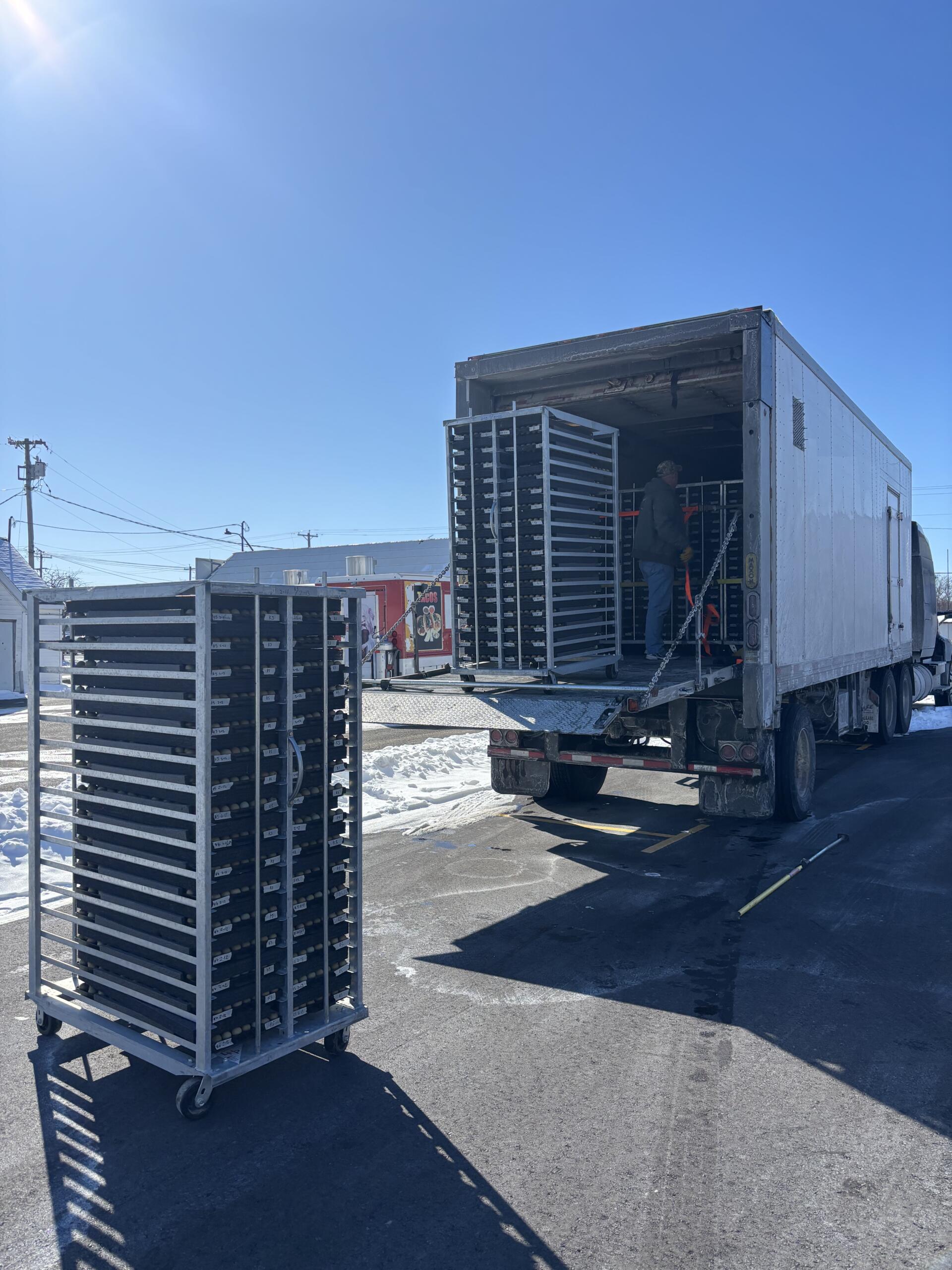
Busy Times at MacFarlane Pheasants’ Missouri Breeder Farms 2024!
Read Post
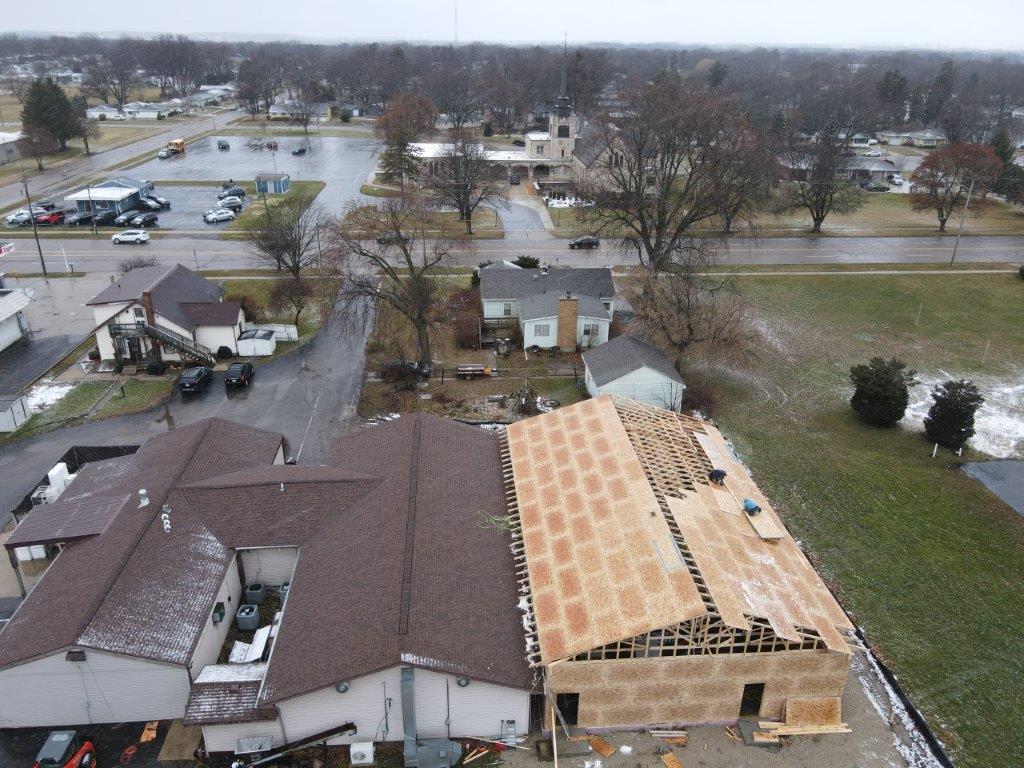
Hatchery News at MacFarlane Pheasants
Read Post
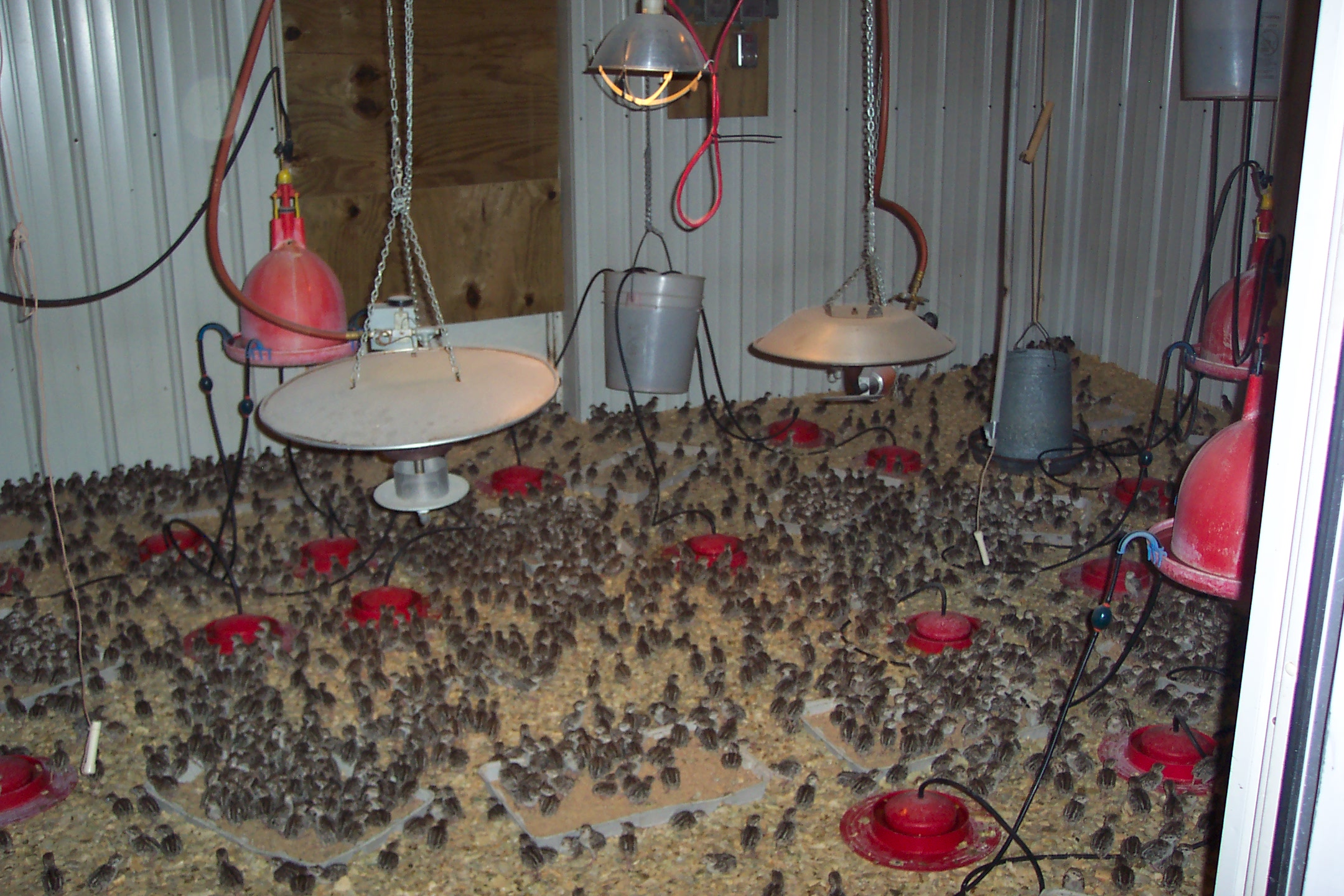
How We Prepare For Brooding Our Chicks
Read Post
Take Advantage of These Free Resources
As the biggest game bird farm in the United States, we want to share our experience with you. Download our free resources below and get started.

